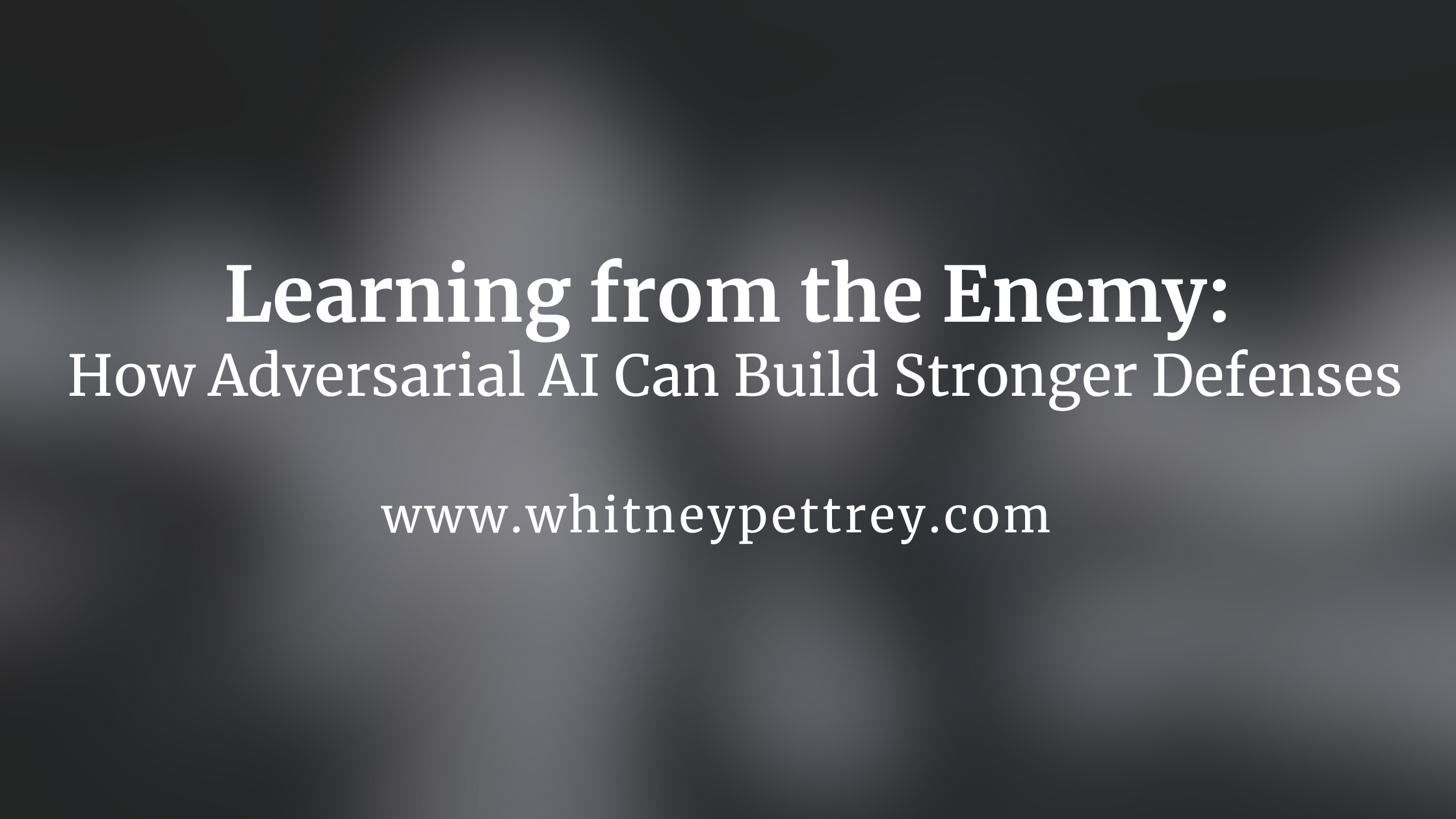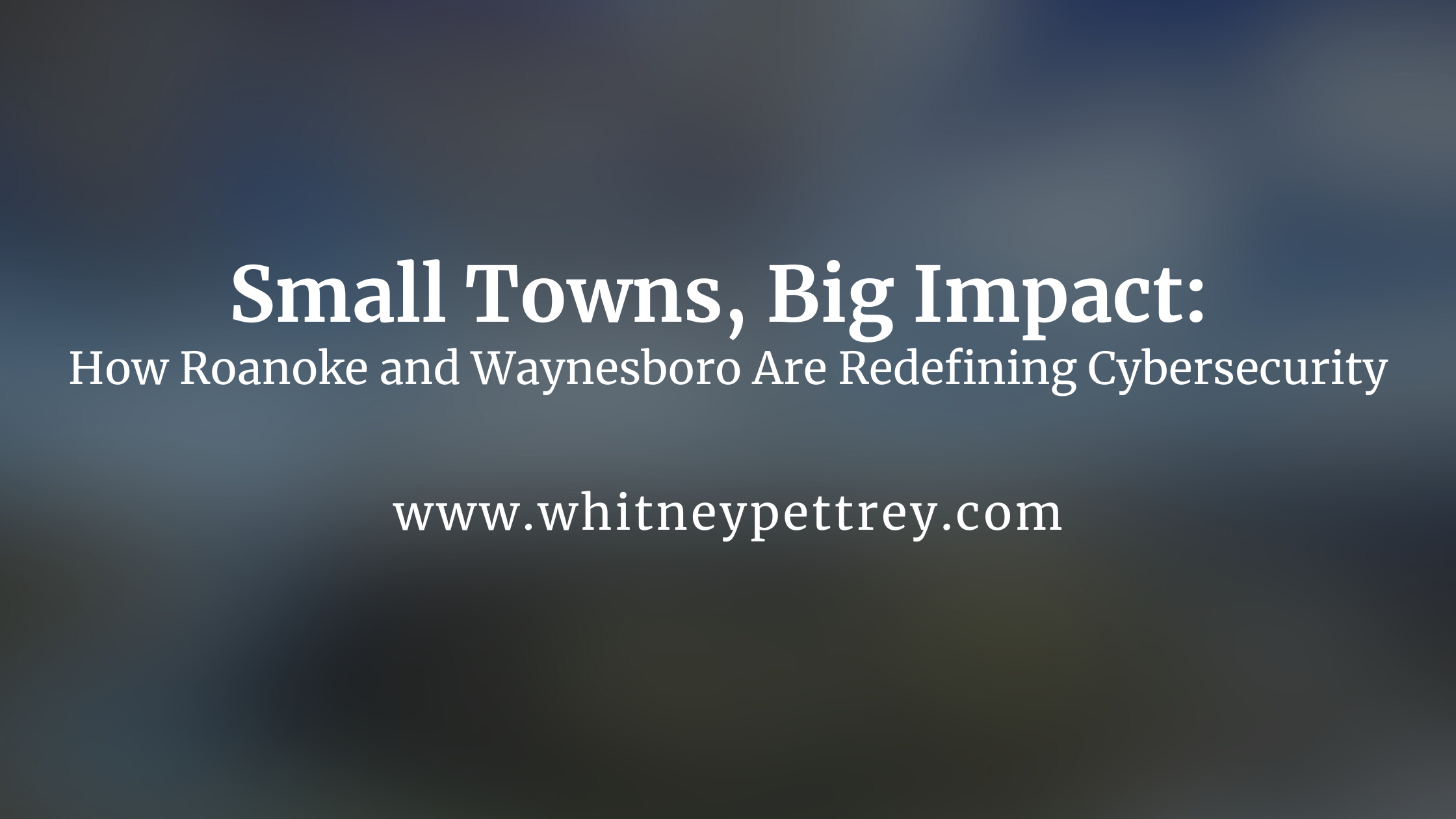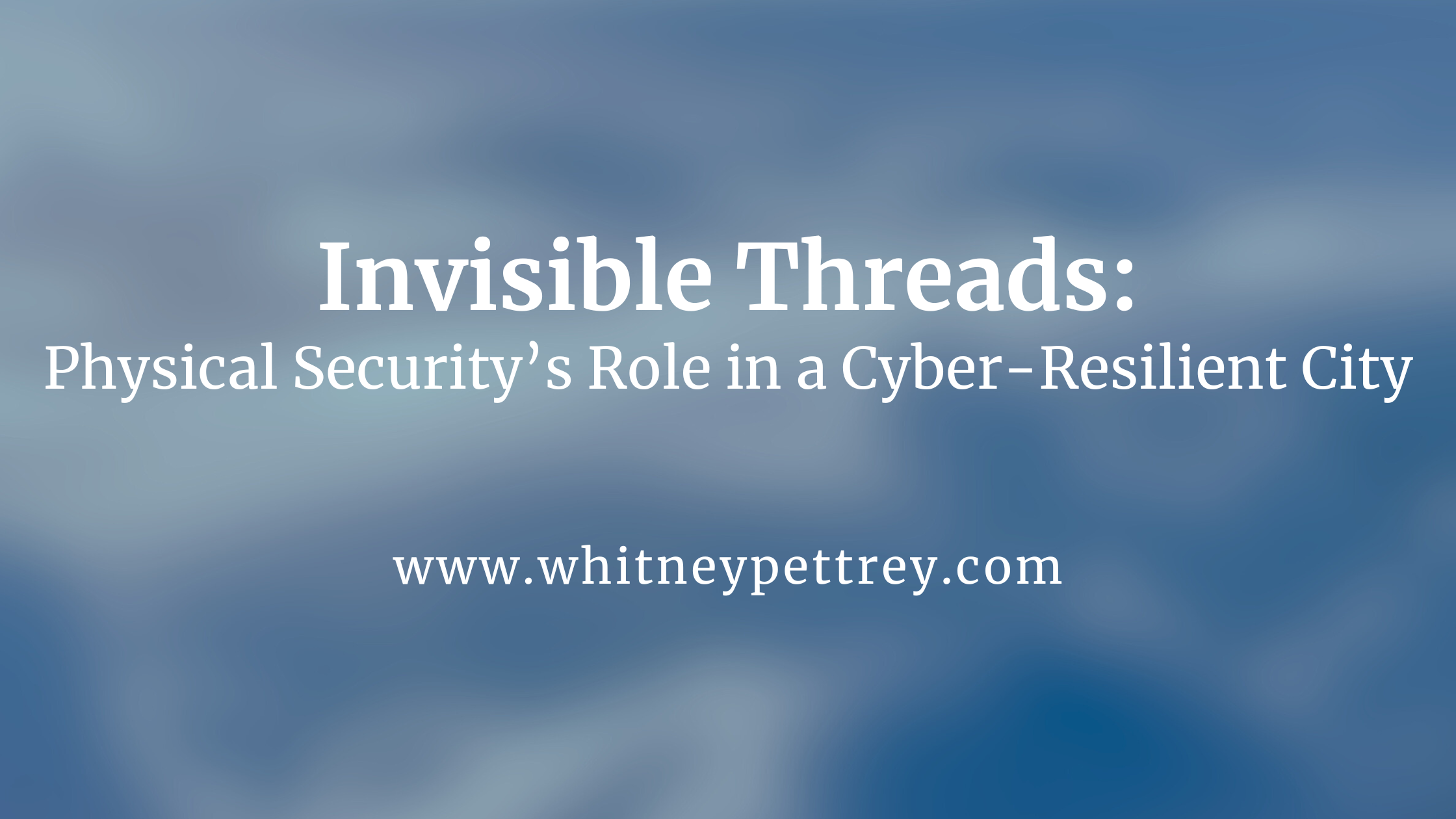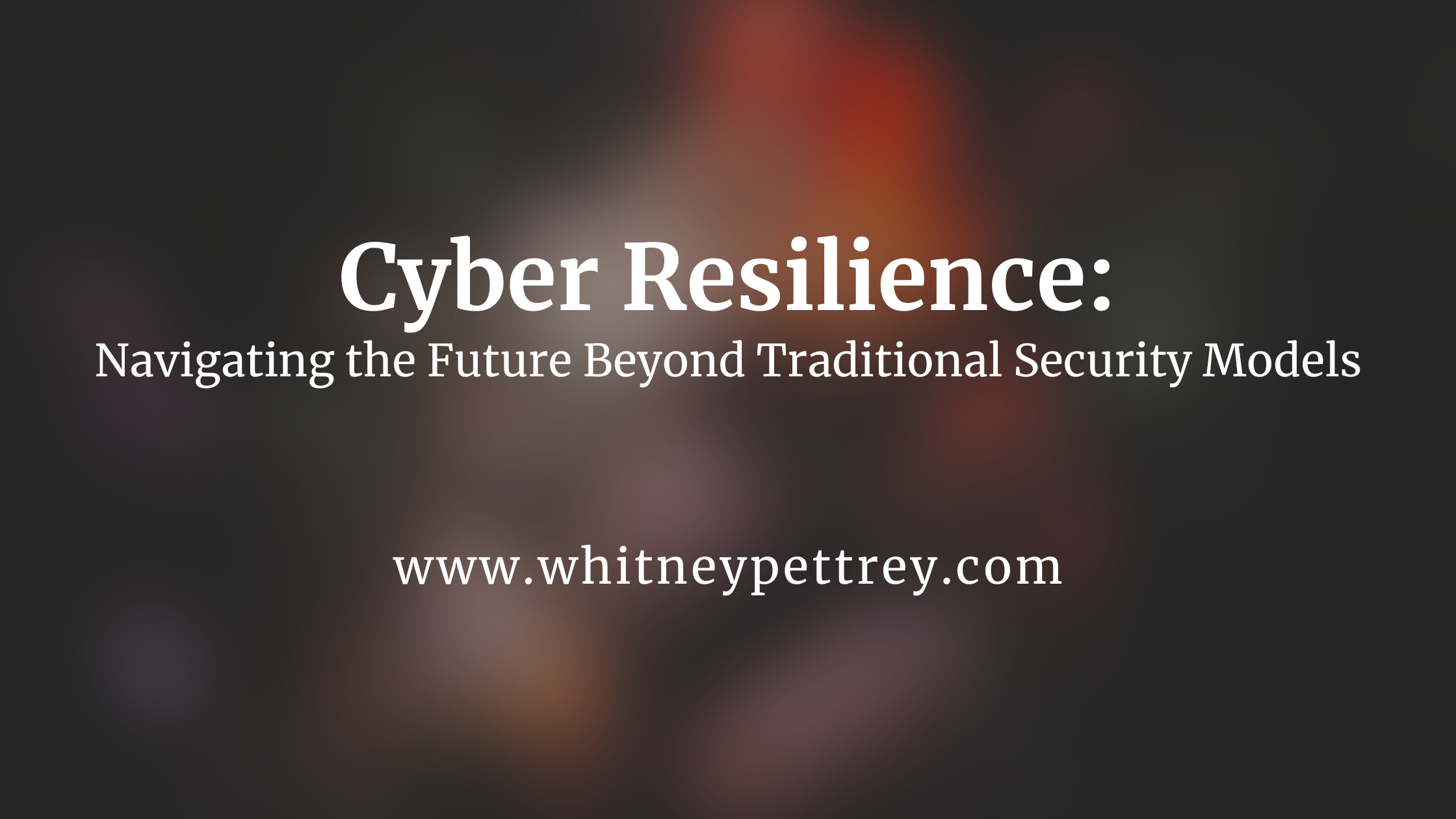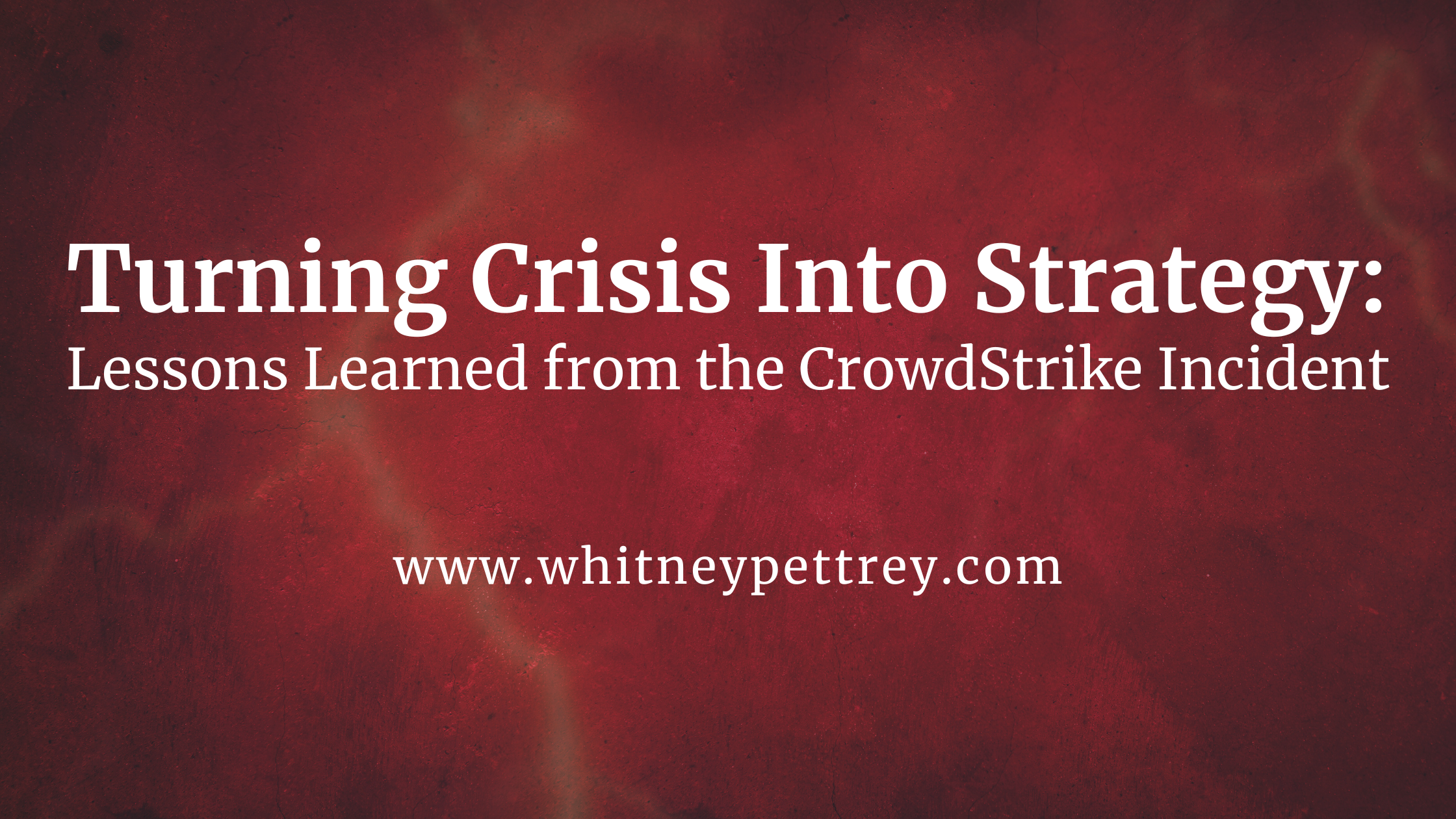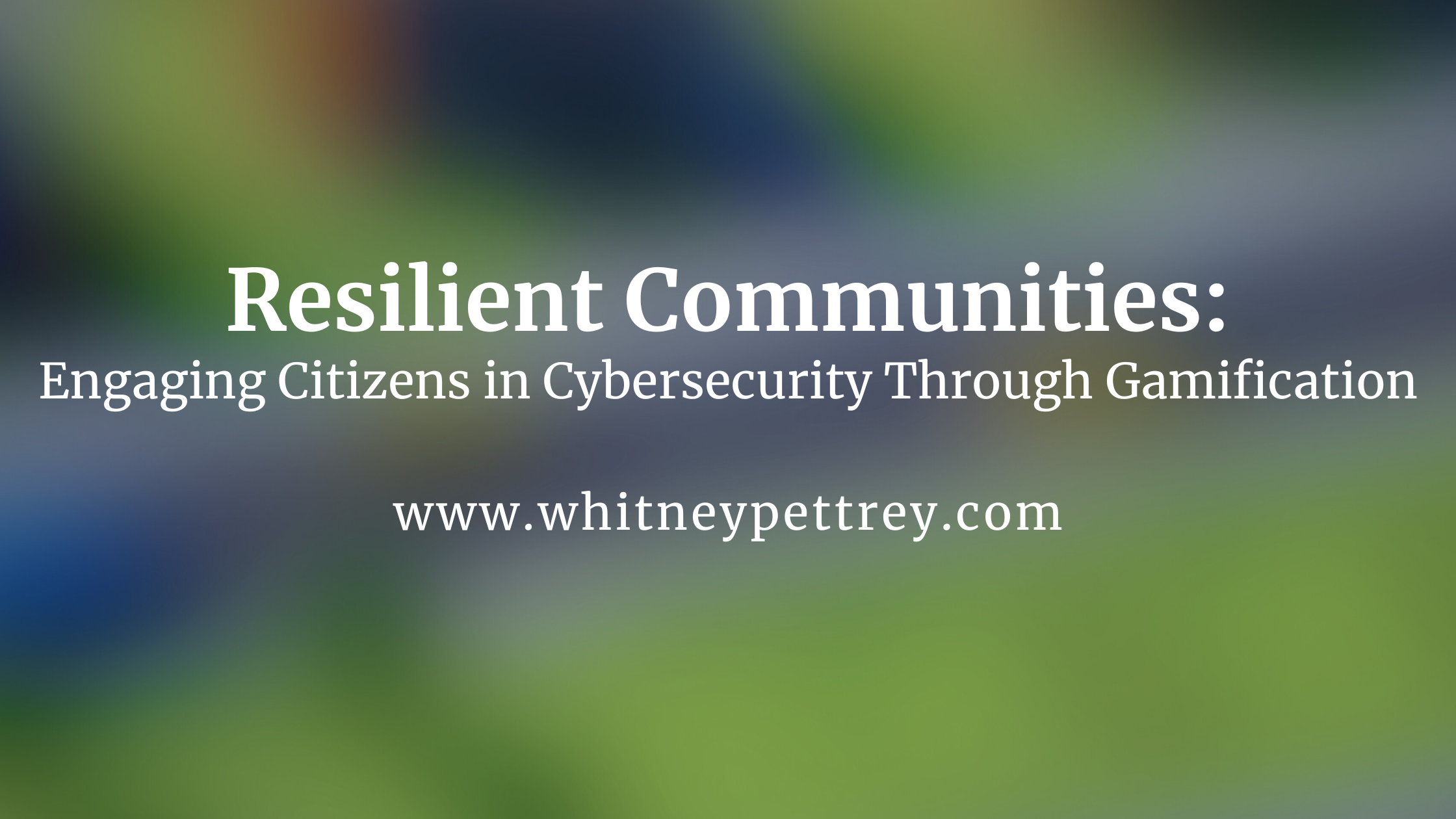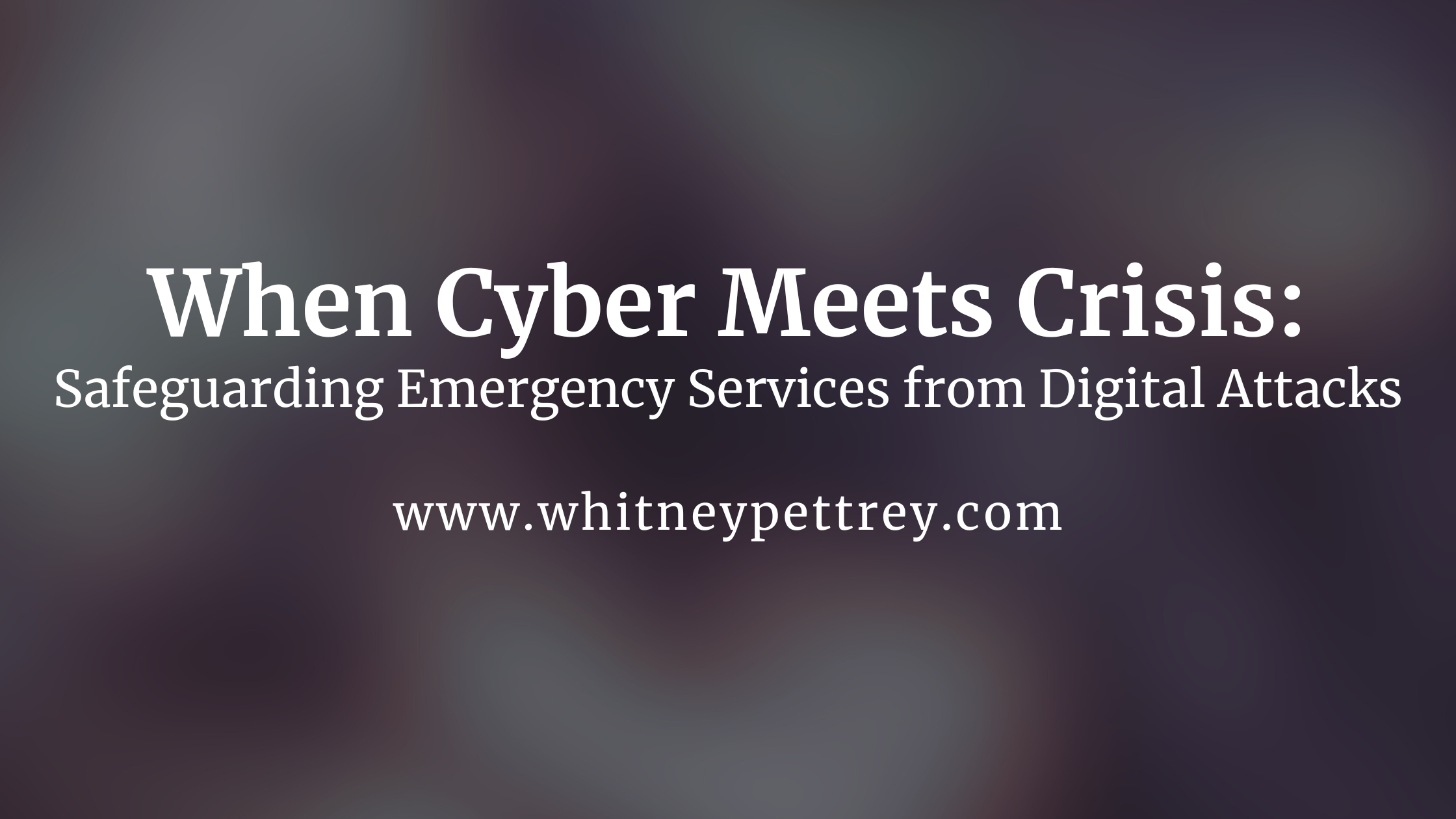This article examines the critical security challenges facing host cities for the 2028 Los Angeles and 2034 Salt Lake City Olympic Games. As global events converge with interconnected technologies, adversaries seek to exploit these vulnerabilities for political, financial, or disruptive gains. The piece emphasizes the need for a collaborative approach between host cities, technology leaders in Silicon Valley and Silicon Slopes, and cybersecurity experts to develop innovative solutions. By leveraging AI, advanced security protocols, and community-driven initiatives, these cities can ensure the Games are not only spectacular events but also secure showcases of resilience and technological innovation.
Tag: whitney pettrey
Learning from the Enemy: How Adversarial AI Can Build Stronger Defenses
This article explores the concept of Adversarial AI and its potential to revolutionize cybersecurity. By using AI to simulate attacks and identify vulnerabilities, organizations can proactively strengthen their defenses and stay ahead of adversaries. The article delves into the practical applications of Adversarial AI, such as simulating multi-vector attacks, creating deception ecosystems, and augmenting threat intelligence. It also discusses the ethical implications and challenges associated with using this technology. Ultimately, the article emphasizes the importance of adopting an adversarial mindset and leveraging AI to build a resilient and adaptive cybersecurity posture.
Small Towns, Big Impact: How Roanoke and Waynesboro Are Redefining Cybersecurity
What if the future of cybersecurity wasn’t confined to the nation’s largest cities but thrived in unexpected places? Roanoke and Waynesboro, nestled in the heart of Virginia, are proving that smaller municipalities can rise to meet digital challenges with innovation, collaboration, and strategic investment. Anchored by Waynesboro’s critical infrastructure expertise and Roanoke’s workforce and innovation pipeline, these twin cities are setting a new standard for resilience. In this article, discover how their visionary model bridges the power of Northern Virginia’s tech ecosystem with local strengths, creating a blueprint for communities across America to secure their digital future.
Invisible Threads: Physical Security’s Role in a Cyber-Resilient City
While cybersecurity often focuses on digital defenses, physical security plays a crucial role in protecting our cities. From simple acts like locking doors to complex penetration testing, every layer of physical security strengthens our overall defense against cyber threats.
Operation Mirage: Crafting a Red Team Drill That Plays the Player
In cybersecurity, the best defense isn’t just about blocking attacks, it’s about controlling the narrative. Operation Mirage is a Red Team drill that creates a carefully crafted illusion, guiding adversaries through a maze of decoys and distractions. By understanding and manipulating their behavior, defenders can gain valuable insights and strengthen their security posture.
The Human Firewall: Why People Are Your Strongest Security Layer
In the ever-evolving landscape of cybersecurity, human factors remain a critical vulnerability. This article explores the importance of the human firewall, emphasizing the need for awareness, training, and a strong security culture. By cultivating a vigilant and informed workforce, organizations can significantly enhance their resilience against cyber threats.
Cyber Resilience: Navigating the Future Beyond Traditional Security Models
As technology evolves, traditional security models fall short. This article delves into the need for a more adaptive and resilient approach to cybersecurity. It explores the challenges posed by distributed architectures, autonomous systems, and sophisticated threats, and discusses the role of decentralized security, autonomous response, and AI-driven threat detection in building a future-proof security posture.
Turning Crisis Into Strategy: Lessons Learned from the CrowdStrike Incident
The CrowdStrike breach exposed critical vulnerabilities in even the most sophisticated security postures. This article delves into the key lessons learned from this incident, including the importance of effective crisis communication, strategic transparency, diversifying security providers, and adaptive governance. By understanding these insights, organizations can build more resilient defenses and navigate the evolving threat landscape.
Resilient Communities: Engaging Citizens in Cybersecurity Through Gamification
This article explores how gamification can transform cybersecurity from a technical concern into a community-driven mission. By turning cybersecurity education into an interactive and engaging experience, we can inspire citizen participation, foster a culture of digital responsibility, and build a more resilient society. Drawing inspiration from successful programs in states like Michigan, Maryland, and Texas, as well as international leaders like Estonia and Singapore, this article highlights the power of gamification to empower individuals, strengthen collective defenses, and build a more secure digital future for all.
When Cyber Meets Crisis: Safeguarding Emergency Services from Digital Attacks
Swatting, a malicious cyber-enabled attack that weaponizes emergency services, is a growing national crisis that jeopardizes lives and strains critical resources. Los Angeles has emerged as a leader in combating this threat, leveraging advanced technologies like AI-driven caller verification, fostering public-private partnerships, and aligning with national frameworks such as the Capitol Cyber Initiative. By integrating cybersecurity into its emergency response protocols, the city offers a scalable model for municipalities nationwide, ensuring resilience in the face of evolving digital threats. This article explores how innovative strategies, collaborative efforts, and proactive policies are redefining the future of emergency response systems
